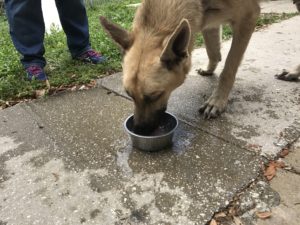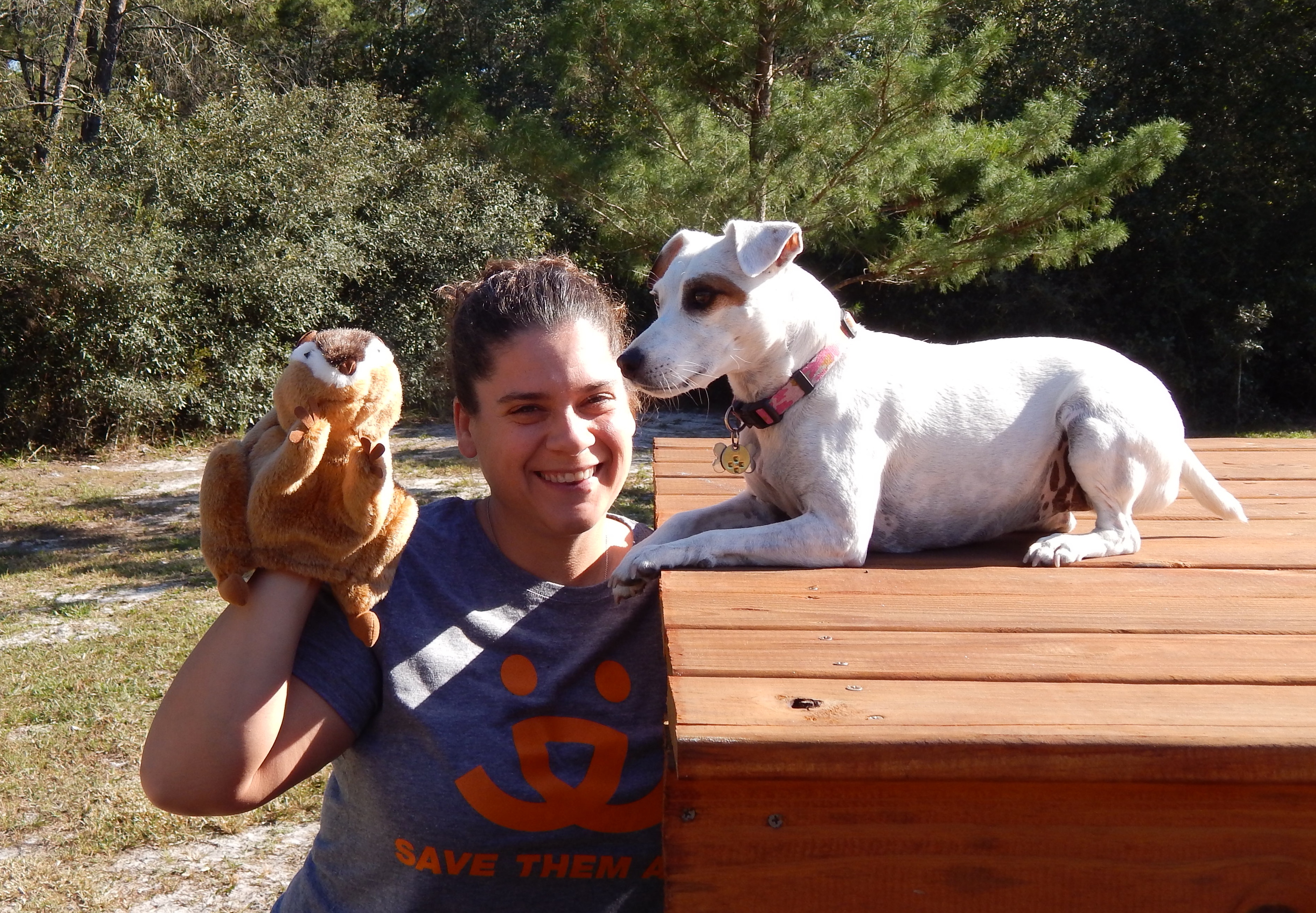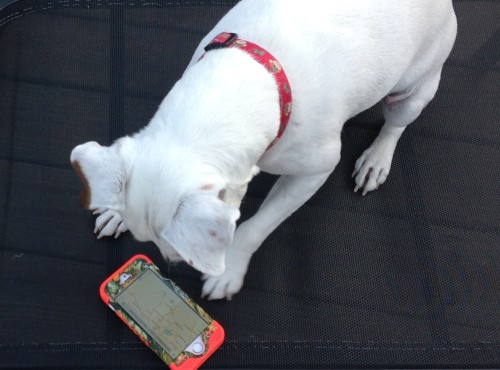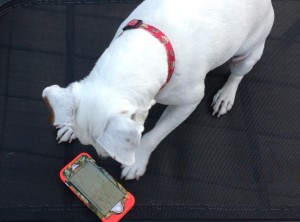
A little while ago Tic Tac and I took a road trip to Maryland (from Florida) without my husband. When I got into my car and plugged my destination into the GPS I realized I wasn’t nearly as nervous as my last road trip a few years ago when I ventured out with the dog by myself. While there were many reasons for this, the GPS was a big part of it. I started to ask myself a question: why is it that the GPS makes me feel a sense of security and how can I give my dog that same feeling about me? In other words, how can I become a GPS for my dog?
Life with Tic Tac has been a journey. From aggression to fear to who she is today there were many bumps and detours along the road. Just like my GPS, my job has always been to get her to the next destination. In our case, the destination may be a new behavior, a new criteria for an old behavior, a new state of relaxation, or just simply a new experience with pleasant or at the very least neutral feelings. Along the way I’ve made my share of mistakes and so has she. But just like the GPS I’m not perfect, but we can always be rerouted and end up in the same place we were heading to.
The GPS lets me know in advance when it is time to turn, and if the road is changing or if there is a detour ahead it reminds me to stay on course. It doesn’t matter what we are doing, it is my job to plan ahead and let Tic Tac know it is time to change direction in our training, on our walks, or in fun games. If she becomes distracted it is my job to guide her back to the activity at hand. On the other hand, I can let her choose to stop and smell every hydrant. After all, I often ask the GPS to find a restaurant along the route.
When I’m in a new area and want to just explore, I can safely venture off knowing that when I’m ready my GPS will get me back to my home away from home. The same is true with Tic Tac. I know that she will follow me, come when called, and understands my “directions” which allows me to let her off leash to explore new places.
The GPS measures my speed, the traffic ahead, and estimates my time for arrival. Our “reward contract” provides her with this same guidance. If she’s going too fast or too slow I can change how often behavior gets rewarded. If the distractions are greater I can give her a larger reward and if there aren’t any distractions perhaps I can skip a reward or use something less valuable. Finally, I have tools available that let her know a reward will come even if it is not exactly right at this moment. Rewards are not necessarily food, toys, praise, or activities. A shift in my body language, a sigh of relief which lets her know I’m relaxed, brief eye contact, and even a look away are all a part of our reward contract.
One of my favorite aspects of the GPS is that it allows me to have choices. I can avoid tolls, highways, and more. I do that for Tic Tac as well. She almost always has the freedom of choice. That doesn’t mean she gets rewarded for not doing as asked, but I don’t force anything on her she’s not ready for. That’s not to say I won’t encourage her (not thru bribery) to do what she is being asked, but if it isn’t necessary at this moment we can try again later.
Not all GPS units do it, but mine updates often making it more efficient for my journeys. Just like it, I’m always learning new information or exploring new training techniques. The more information at my fingertips the better I will be as a guide, parent, leader, and trainer for her.
The GPS is there when I need it just as I am for her. It’s not always in working mode, but ready to support me when I need it. The same is true of me. When it is on it is consistent. Right means right, left means left, keep going straight always means keep going straight. It is important for me to strive to be just as consistent. And when my destination changes, my GPS can be reprogrammed. I need to be just as flexible to see her through all of life’s changes including her transition from adult to senior, as I’ve seen her through puppy hood, adolescents, and thru times of healing (surgeries).
But the biggest advantage of my GPS has been the arguments it has prevented when discussing the best way to get somewhere with my husband. As her GPS, I can provide her with direction, skills, and behaviors that will allow her to interact appropriately with guests and other people and dogs. And God forbid something should happen to me, she will know how to behave without me just as I can get around without the GPS once its already shown me WHERE TO GO.

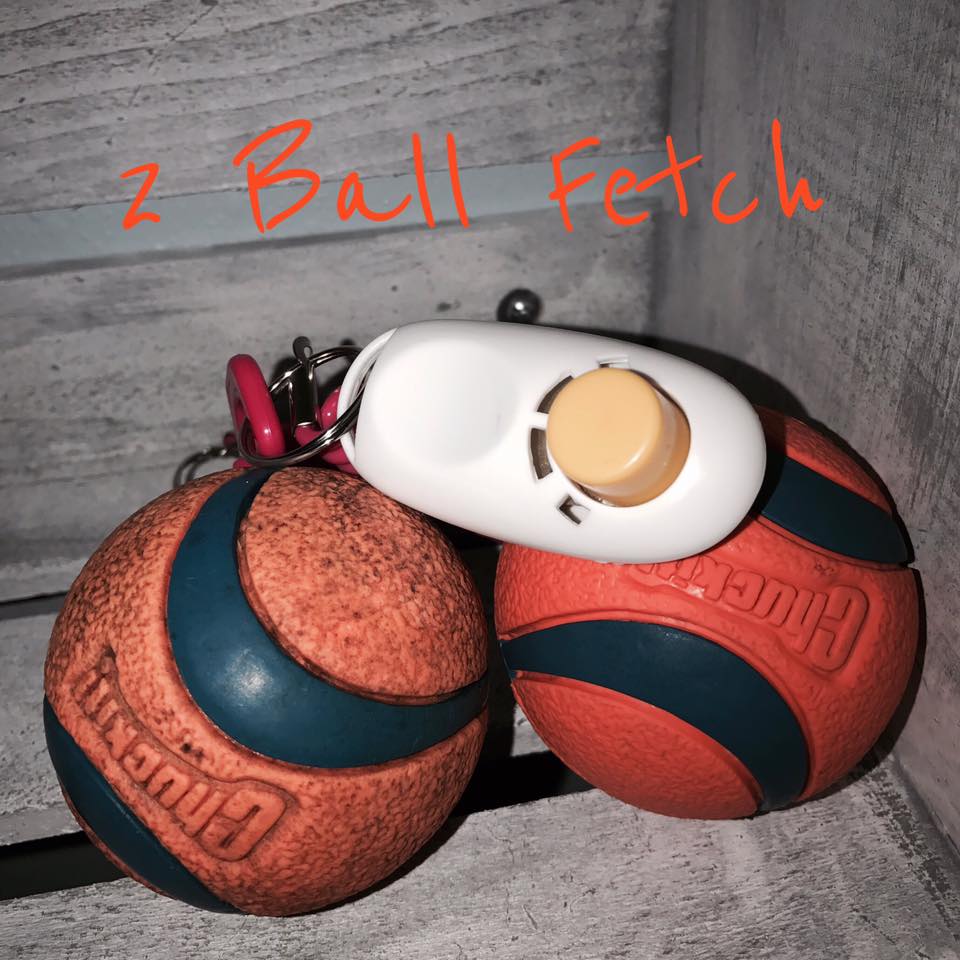
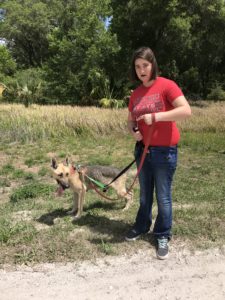 The director was a nice gentleman and the staff was fantastic. The shelter was clean and the animals well cared for. The staff was extremely friendly, knew the animals well, and seem to find joy in their work. They showed us thru the dog runs and the kitty rooms and introduced us to the amazing German Shepherd in the back. A gorgeous, but fearful young man who had been running free on the streets of our little town. His hair had fallen out along his back, he had a couple of small tumors, and his goopy green eyes glared at us. I could see fear in Sam’s face as they asked us to evaluate this guy. With the promise to my mentee and sister we would not take any dog out that I felt posed a danger to someone inexperienced with body language and handling, I knelt down.
The director was a nice gentleman and the staff was fantastic. The shelter was clean and the animals well cared for. The staff was extremely friendly, knew the animals well, and seem to find joy in their work. They showed us thru the dog runs and the kitty rooms and introduced us to the amazing German Shepherd in the back. A gorgeous, but fearful young man who had been running free on the streets of our little town. His hair had fallen out along his back, he had a couple of small tumors, and his goopy green eyes glared at us. I could see fear in Sam’s face as they asked us to evaluate this guy. With the promise to my mentee and sister we would not take any dog out that I felt posed a danger to someone inexperienced with body language and handling, I knelt down.